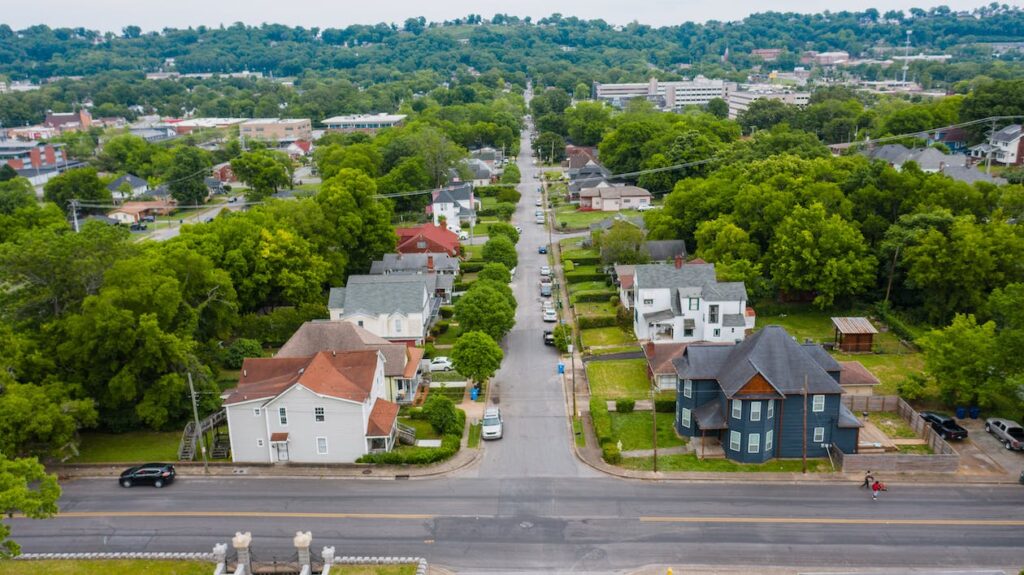Homeownership Comes at the Highest Price for California Residents
California’s Homeownership Costs Soar: A Deeper Look
In the Golden State, homeowners are now dedicating approximately 29% of their income to their abodes, with the average homeowner shelling out an impressive $24,252 each year. Such high figures beg the question: What’s driving these soaring costs? And how does California compare to the rest of the nation?
National Trends in Housing Costs
Nationwide, housing prices have been on an upward trajectory. In 2021, the media company, The Hill, highlighted that the average housing price reached $428,700 in its first quarter, marking a significant increase from the $329,000 average in 2020.
A simultaneous rise in rental prices suggested a shift in preference, with many who might have previously bought a home opting to rent instead. Fast forward to the second quarter of 2023, and while housing prices have seen a slight decline, the average home still stands at a substantial $416,100 – a 26% leap from 2020 figures.
Comparative Costs: The Coast vs. The Interior
Data sourced from the New Jersey Real Estate Network, which analyzed a combination of mortgage payments, property taxes, utility costs, insurance, and other homeownership-associated fees, has spotlighted the states where residents are paying top dollar.
California, unsurprisingly, sits at the top, but it’s not alone. New York trails closely, with residents committing 24.8% of their income to housing, equating to $18,636 annually. New Jersey, Hawaii, and Connecticut follow suit, making it evident that coastal states bear a heavier housing cost burden. Notably, Oregon and Washington also make the top 10 list.
In contrast, states like West Virginia, North Dakota, and South Dakota offer some of the most affordable housing in the nation. The Southeast U.S. also proves to be a budget-friendly region, with states like Arkansas and Mississippi featuring significantly lower housing costs.
The Economic Implications of Rising Housing Prices
Higher housing prices don’t necessarily spell doom for the economy. In fact, the Congressional Research Service revealed that in 2021, housing costs contributed to 16.7% of the U.S. Gross Domestic Product (GDP). With consumer spending being a driving force for the U.S. economy, even escalated home prices can lead to broader economic growth.
This growth is reflected in the construction sector. May 2023, for instance, experienced a 21.3% surge in new home constructions compared to the preceding month. Robert Dietz, a chief economist at NAHB, asserts that building more houses can be a strategic move against high inflation rates.
However, increased demand for construction has its setbacks. Challenges in securing loans for builders and developers might curtail the availability of building supplies, potentially decelerating construction rates.
Despite fluctuating prices and the nuanced economic implications, homeownership remains a staple of the American dream. Studies show that the percentage of Americans owning homes has remained steady at around 64% from the 1960s to 2020.
Yet, there’s a stark difference in affordability. In the 1960s, 68 out of every 100 Americans could afford a home. Today, that figure has dwindled to 43 out of 100, signaling a widening affordability gap.
The trajectory of this trend will depend largely on the interplay of housing prices, wages, and economic policies, and it remains to be seen if housing costs will continue to climb beyond the reach of the average American.






